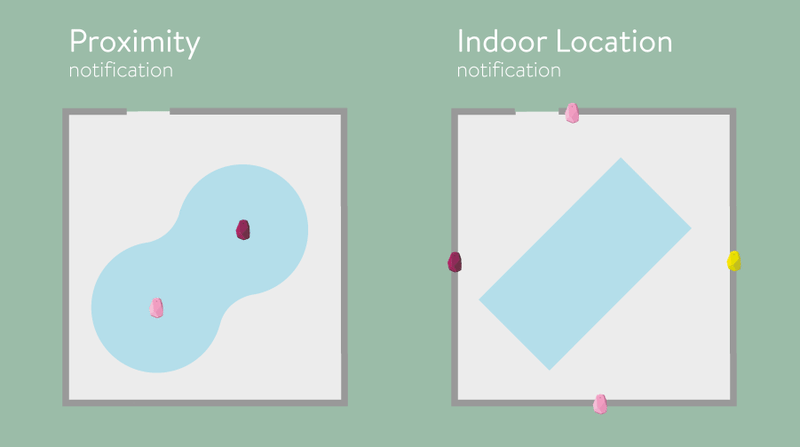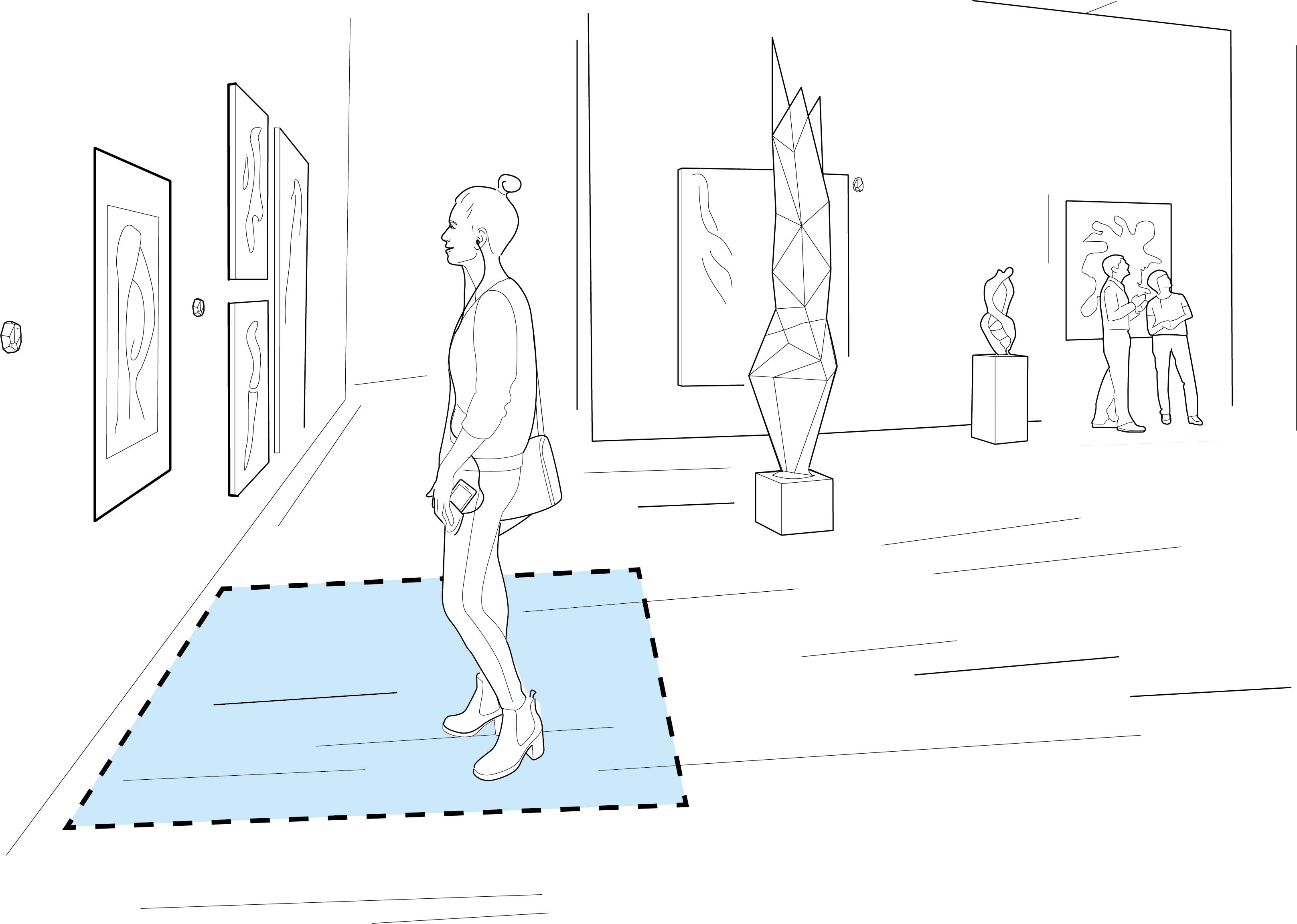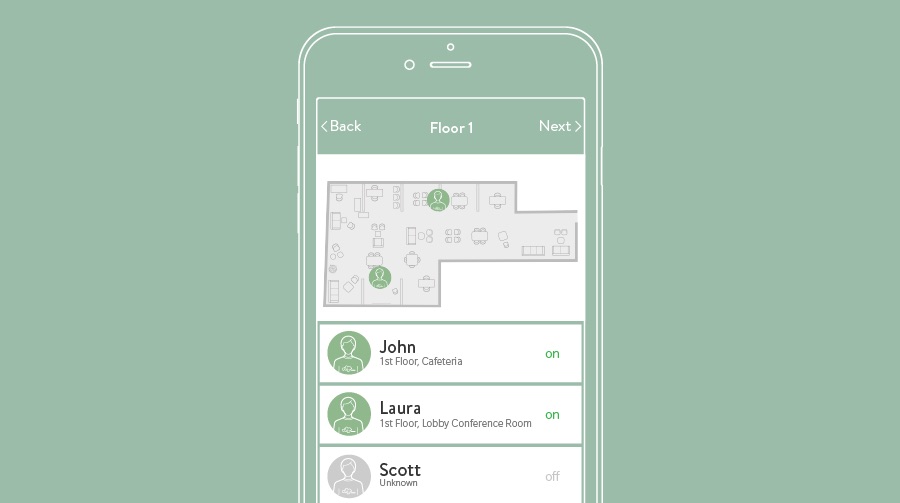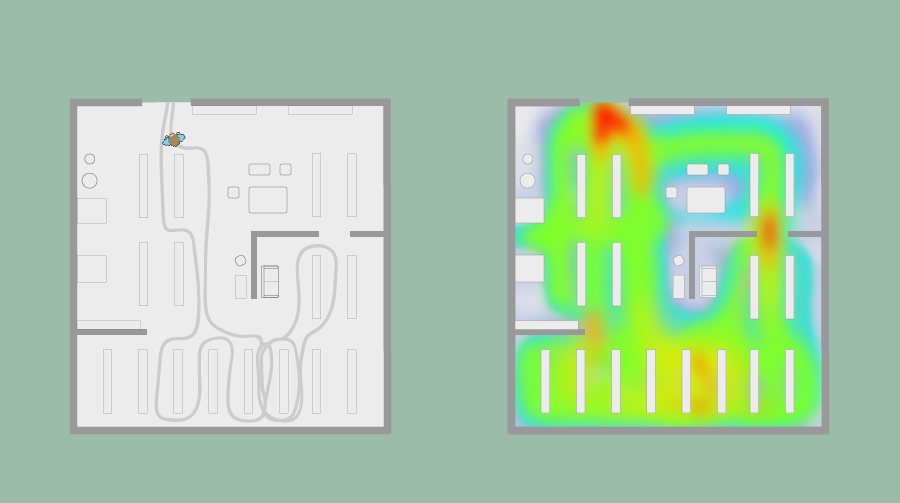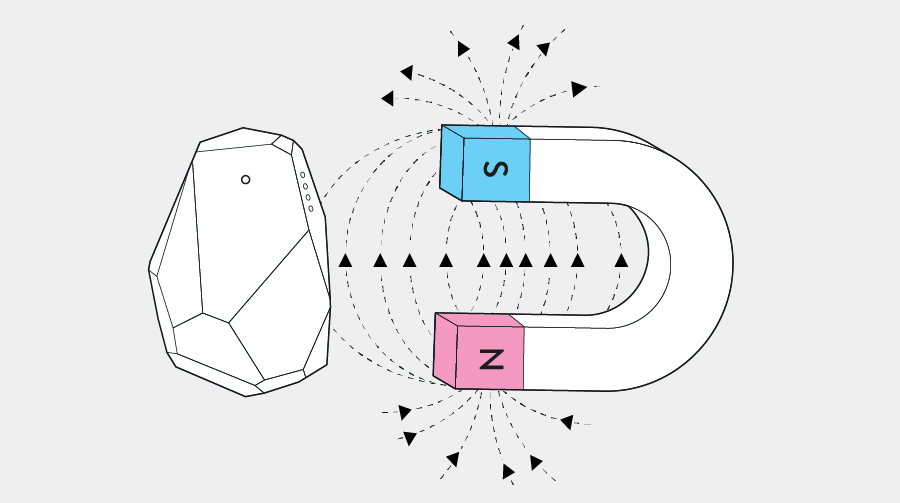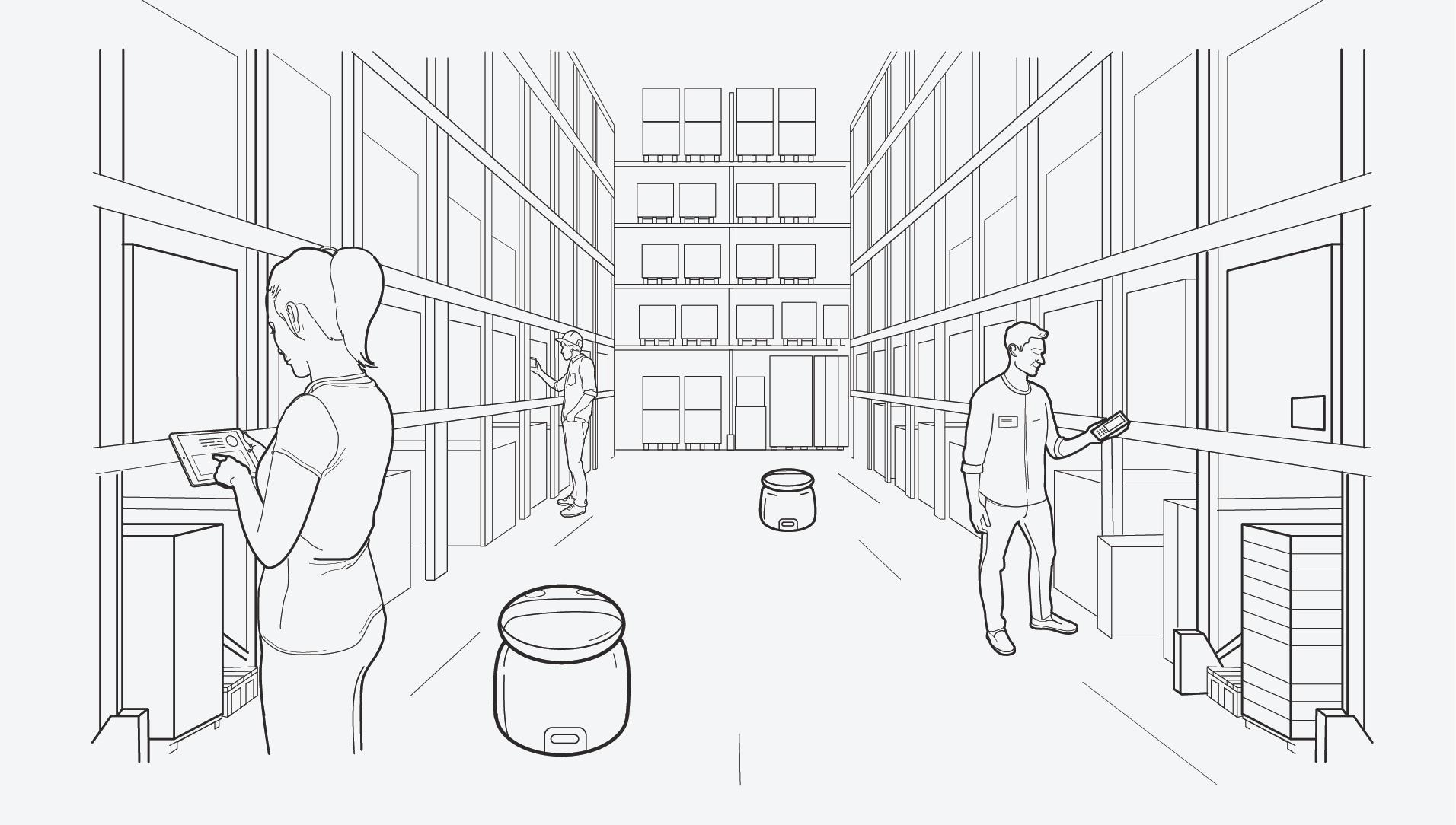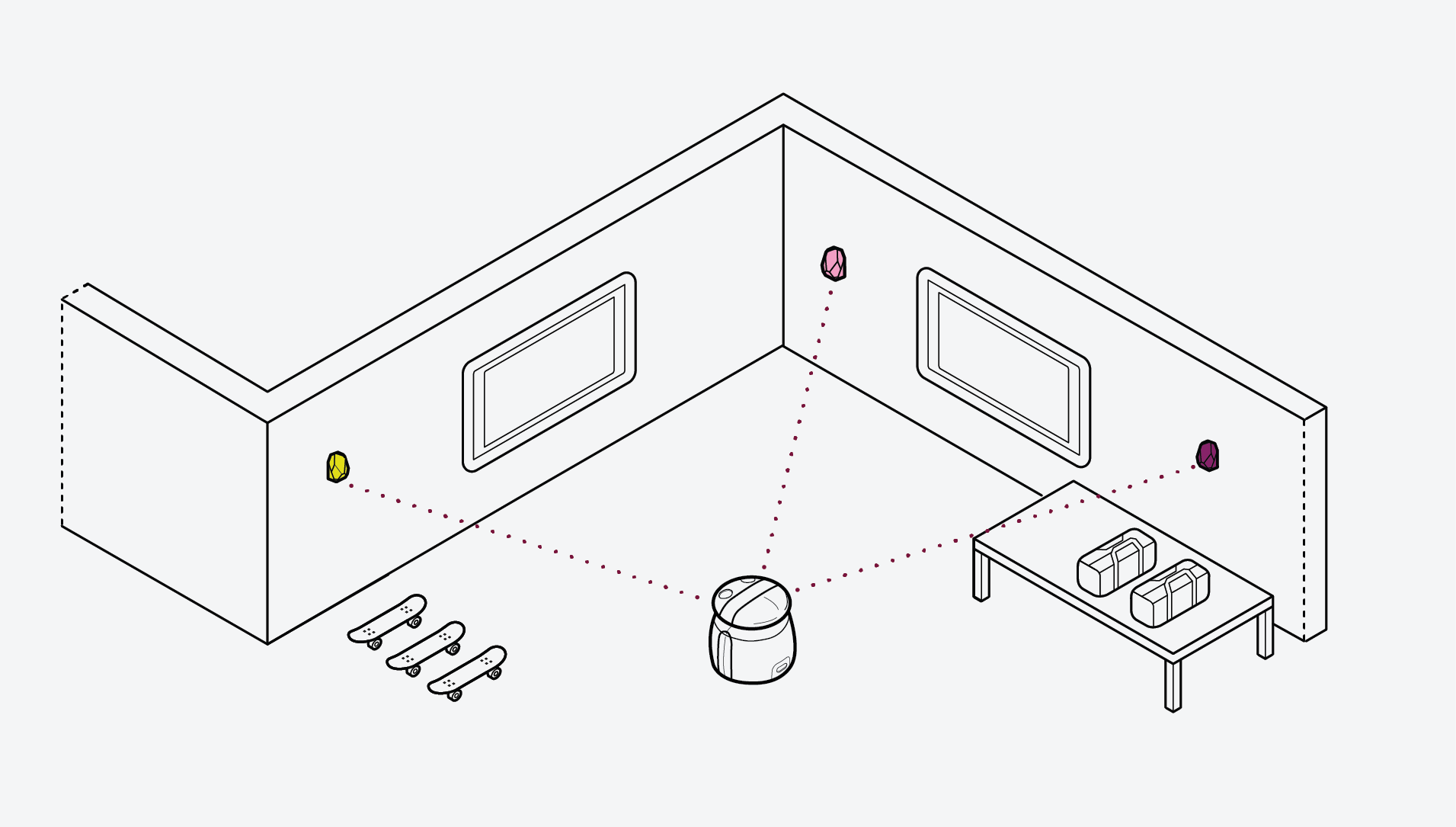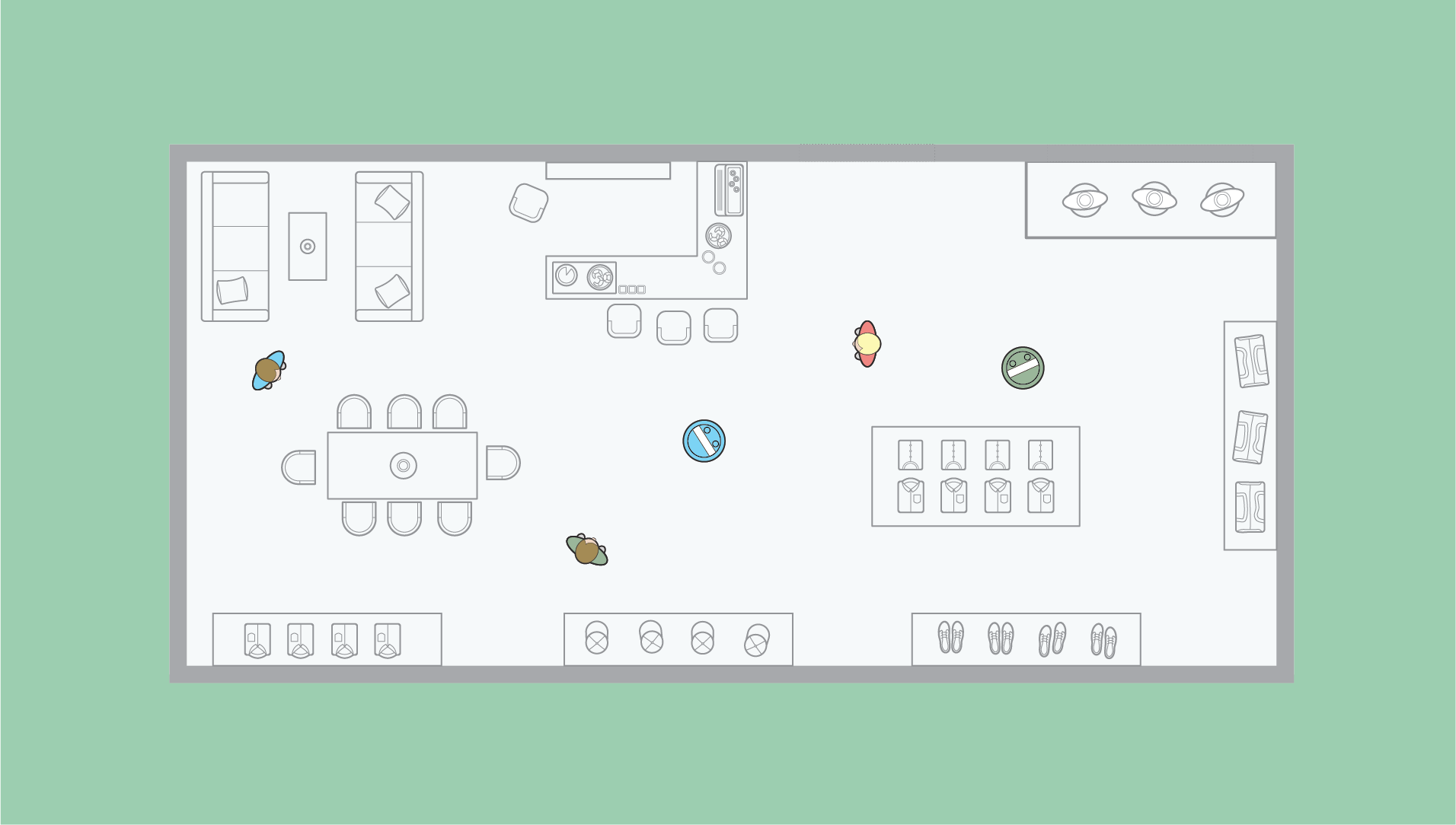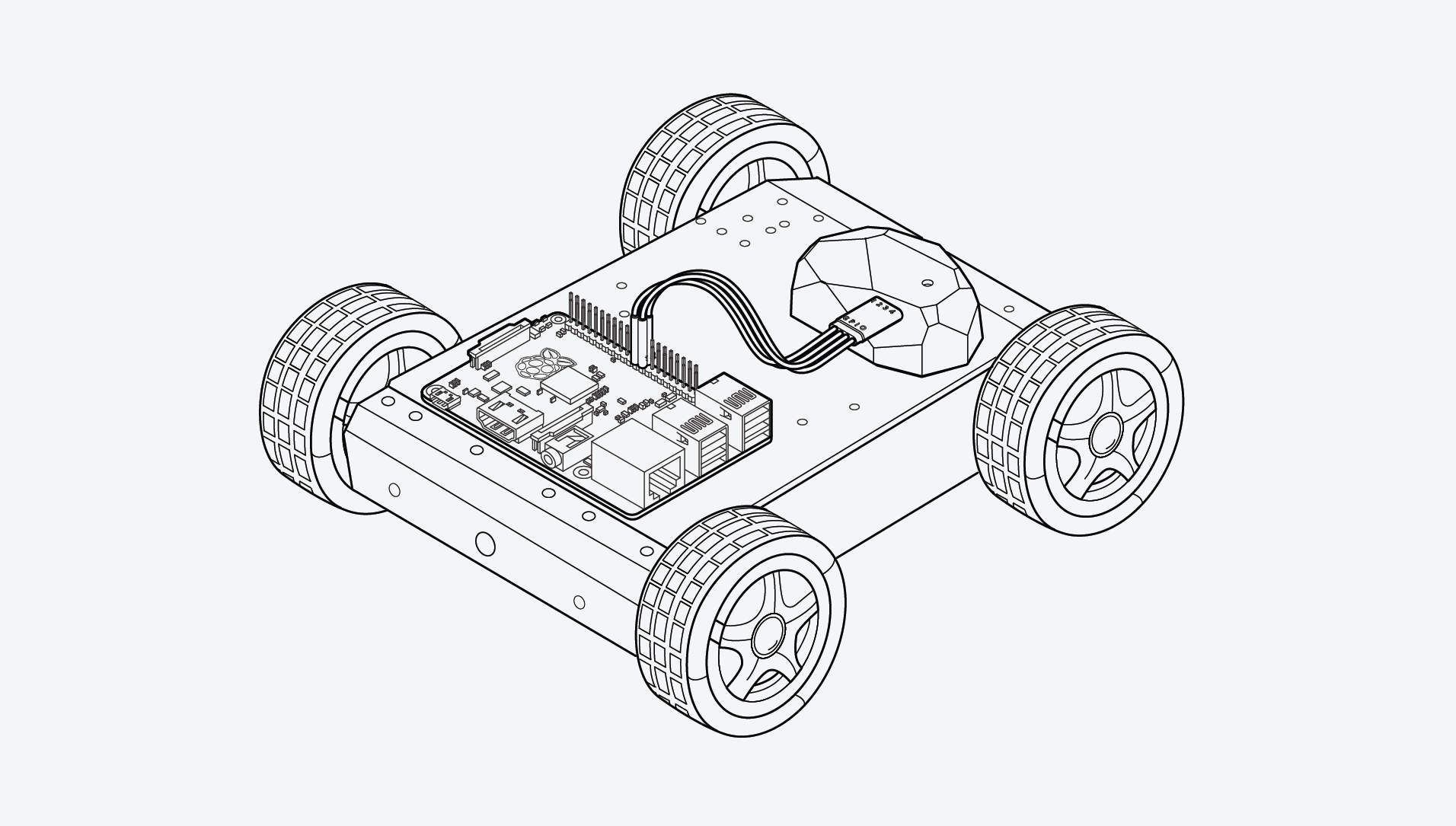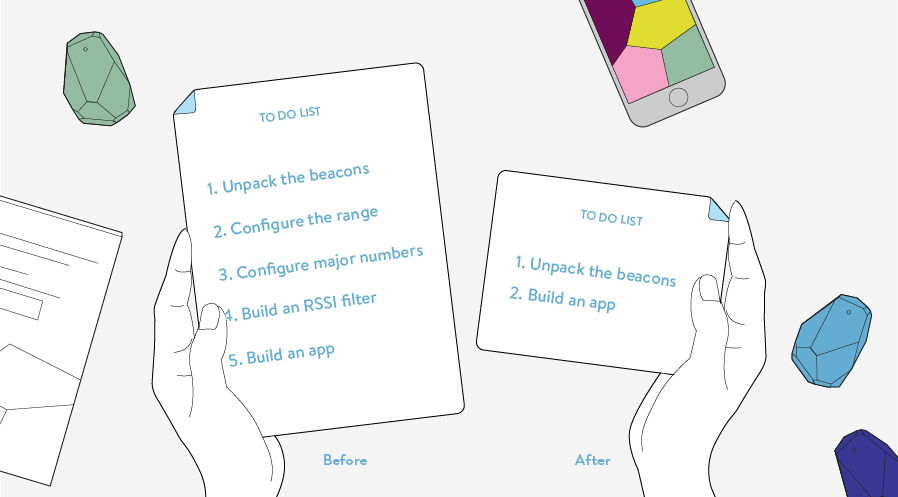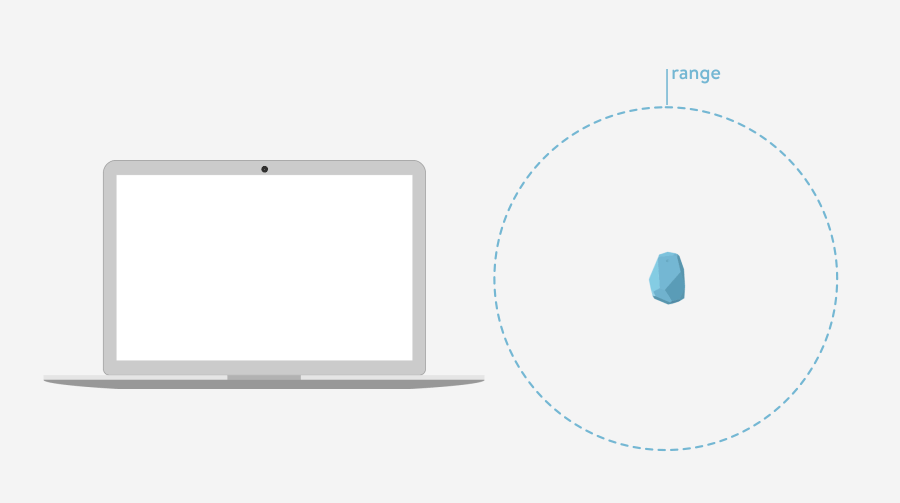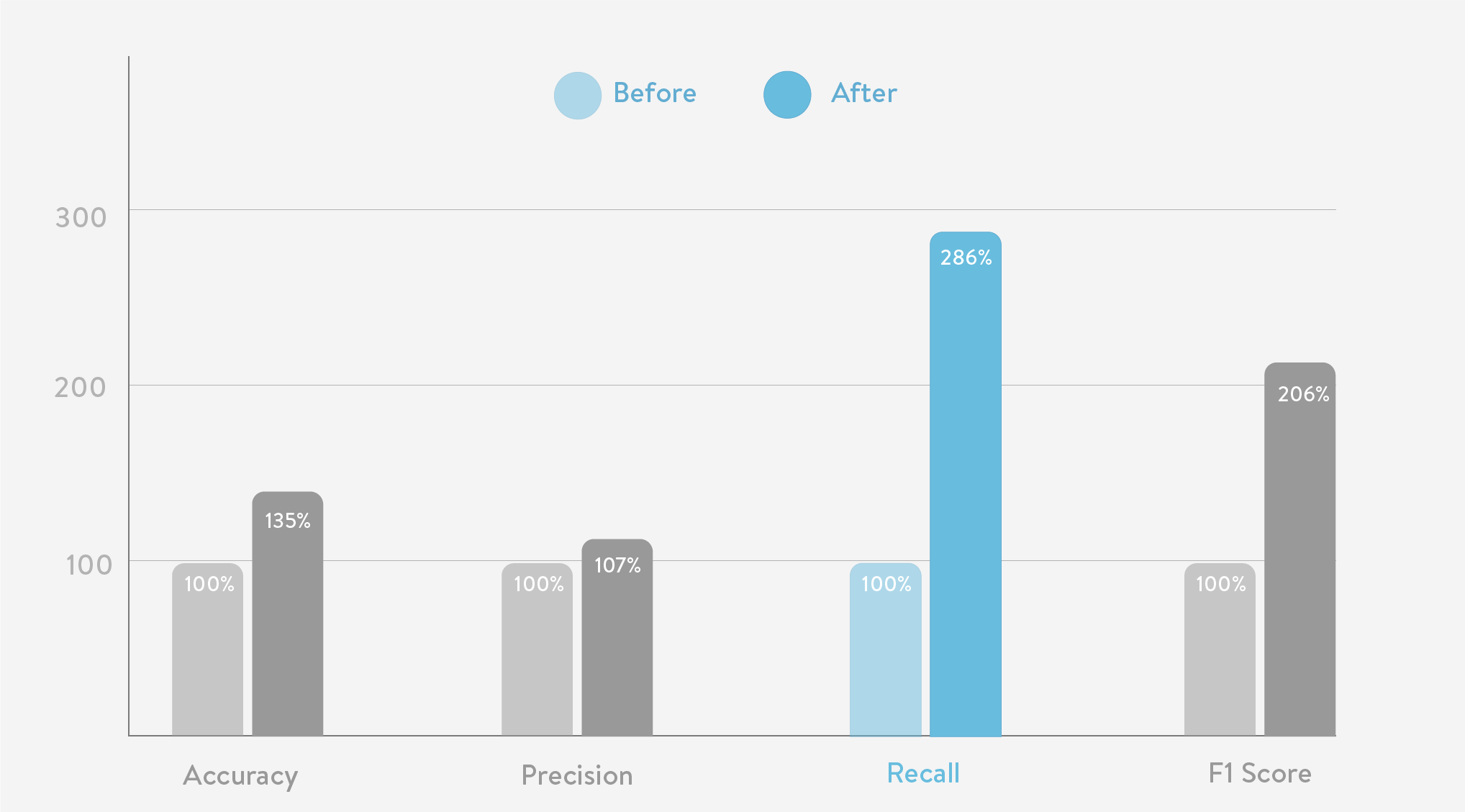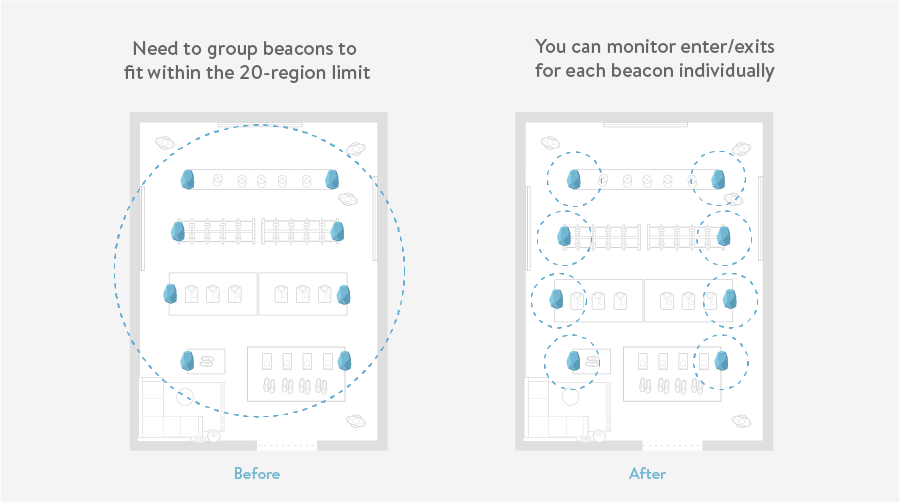Here at Estimote, we offer the hardware and software tools to build contextual solutions: an operating system for the physical world. We always encourage our users to dream big, that their imagination is the only limit. With our SDK, Cloud, Indoor Location, Here&Now, Fleet Management tools, app templates, and the knowledge of our community of developers (100K and going strong!), we have all the know-how and structure for creative entrepreneurs to pick up our tech and dive in, head first. Estimote wants nothing more than for our users to think creatively about their best use case, and with our toolkit and guidance, build that solution and implement it into the real world!
Certain companies have ran with the technology to build a solution for an entirely unique vertical. One of these companies in particular is Cuseum: a Boston based start-up that’s completely evangelized museums and tech, delivering everything a museum needs to usher their institution into the digital age, with supporting apps and contextual content. I sat down with Brendan Ciecko, Founder and CEO of Cuseum, to learn more about their platform, how they scale, what their challenges are, and when they know their work is complete.
![enter image description here]()
JA: You’re an early supporter of Estimote, I know that we’re frequent partners and have collaborated in multiple scenarios! I suppose it’d be great to hear, in your own words, about Cuseum’s mission. What services are you providing for customers?
BC: Cuseum’s mission is to help museums, public attractions, and cultural nonprofits drive visitor and member engagement and success using mobile. We provide a suite of tools geared towards enhancing on-site experience, focusing on what we call the “digital docent” or companion guide. Our goal is to make it possible for museums to produce powerful mobile apps quickly, easily, and without breaking the bank. Over 100 organizations around the globe have used our platform to launch mobile apps, many of which use beacons from Estimote!
We provide our museum partners with a full solution – not just content management software, native mobile apps, or mobile web apps. We bring guidance, advice, and years of expertise to every organization we work with to ensure their new digital tools launch successfully and continue to thrive.
And, hot off the presses, we recently launched a new product to help organizations save time and money while boosting convenience for members – by replacing physical, plastic cards with digital membership cards. Beacons play a role in this as well!
JA: Cool! Can you share the role beacons play here? Do you use our NFC chip?
BC: Absolutely! Museums offer incredible benefits to their members, yet many of these valuable perks are often underutilized or unused. Imagine, as you walk by the museum’s cafe, store, or lecture hall, you’re reminded of your membership benefits and discounts. There’s untapped value and convenience for the member as well as a clear, turn-key, financial benefits for the museum. All of this is possible with our digital membership cards – no app download required!
JA: How much customization needs to be done for specific museums?
BC: The apps are completely white-labeled and styled to reflect each museum’s unique brand. We handle all of that heavy-lifting. Through the content management system, the museum also has the ability to configure most major aspects of the app. The overall interface is intended to be simple and “chromeless,” but we’re always happy to discuss additional customization if needed!
JA: What’s your beacon density like: how many beacons do you find needing for each museum? What’s the most amount of beacons you’ve ever installed in one museum, and can you tell us which museum it was?
BC: This varies greatly across the board! On one end, we have some museum partners who have as few as 1 beacon for a basic “welcome” and “thank you for visiting” notification. Generally, we recommend at-least 3 beacons to give each institution the opportunity to experiment in a low-risk, real-world environment. It’s always beneficial, and a great learning opportunity, to see things in action! We encourage an agile approach and have written up some suggestions on the topic.
On the other side of the spectrum, we’re working with a museum that will install 150 beacons! We’ll be sure to let you know when they launch, and will have much to share about that experience.
JA: Who are some of your clients? We’d love to be able to point our developers and users in that direction to test out the tech!
BC: Every month, we’re pleased to work with several new institutions, so the list keeps growing! Here’s a quick list of 5:
- Museum of Fine Arts Houston
- North Carolina Museum of Art
- MCA Denver
- Asian Art Museum
- Musée McCord
You can also find a list of a few more apps on our website!
JA: I love that what you’re offering isn’t just an app, it isn’t just a platform, it’s the whole solution from end to end. It’s quite unique! You approach a museum and say, “Hey, we have the tools, knowledge, even the hardware access to bring your institution into the year 2017. Want some help? We’ll make it happen for you.”
BC: Thanks! We’re here to help museums in any way we can.
JA: What kind of tools do you use to make all this magic happen? Do you utilize Estimote SDK, Cloud, fleet management, Indoor Location? Do you use other sources? Are you building your own?
BC: We’ve built our platform from the ground up and use an array of tools to ensure the highest quality, performance, and efficiency.
For aspects related to monitoring and performance, we use Fabric, Sentry, LogEntries, New Relic. For analytics, we use Mixpanel and Google Analytics. For testing, Rspec and Quick/Nimble. For design, we use Sketch and for prototyping, UXPin… the list goes on!
In the name of reliability and performance, we don’t use third-rate hybrid platforms. Cuseum-powered native iOS apps, are completely native.
Although our platform is beacon agnostic, we find ourselves frequently using Estimote beacons. In those cases, we leverage Estimote’s SDK and Cloud. Outside of that, we’ve developed a few methods (such as smoothing algorithms) to improve the accuracy of beacon-triggered notifications.
![enter image description here]()
JA: What’s the biggest challenge to make your projects beacon enabled, and come to fruition?
BC: When you’re adding an extra layer to digital projects which involves additional attention to user experience as well as supporting and managing expectations related to hardware - it adds more complexity and time to the launch schedule. For some of our museum partners, we recommend that they first soft launch their mobile app without beacons, and then iterate forward to add them to the equation. You need to “crawl before you walk, walk before you run” as they say! Whether it’s with 1 beacon or 100, we provide resources and guidance for our museum partners to help them utilize beacons with as little friction as possible.
JA: Wise move! “Start by digging into the app, versus the physical location and Bluetooth pinging. Let that fall into place afterward.” Sounds about right, UX/UI informs the entire guest experience. I’m sure there’s a useful feedback loop there as well: when you start with the soft launch sans beacons, you can truly fine tune the details and collect data on the most exciting locations within the museum.
Do you ever find yourself in the position where you need to iterate on the beacon placement? Or, do you find that your clients will rearrange exhibits or plan the next exhibit differently around the “hotspot” information obtained through your analytics?
BC: There are some instances when the beacons are moved (during a specific exhibition), but this rarely happens. And, although the idea of arranging exhibitions according to the data gathered sounds really compelling on paper, most museums and their curatorial and exhibition staff don’t operate in the same capacity as retail experience consultants where the goal is to optimize a space for increased revenue. But, the way museums imagine and enhance their spaces based on new spatial analytics is an idea that is starting to trickle in.
JA: I’m curious, what analytics do you collect? What sort of data are you looking to uncover, and how does it influence your decisions moving forward?
BC: The short answer: every single button, screen, and “action” in our apps is wired up for analytics. Different museum departments have different goals around using the data that is available to them. For education and interpretation, the focus is on which pieces of content are the visitors engaging in and for how long. For marketing and digital, on the other hand, it’s more geared towards overall downloads and impressions.
Leveraging data is certainly an important topic right now, and as Peter Drucker famously once said, “If you can’t measure it, you can’t improve it.” American Alliance of Museums is starting to evangelize the value of gathering and understanding data and we’re big fans of this initiative.
On our end, we’re constantly watching user behavior, while also optimizing and simplifying the product as much as possible. If a feature or screen isn’t being engaged with as much as we or a given partner predicted, there is a good conversation to be had about removing that feature.
We’re firm believers that a visitor who has the best possible experience is more likely to become a member, like, or share over social media or even make a purchase or donation. We’ve kept a close eye on this concept and the relationship between user patterns and conversion rates. A new opportunity exists for museums to have educational tools that have a financial return on investment and we want to help our partners take advantage of this! This is a metric that is super important in this day and age; it helps the museum and also ensures long-term sustainability of the digital tool itself.
JA: Tell me about your ideal client. What sort of museums do you go for?
BC: We work with a wide array of museums, of every shape and size. It makes no difference if the museum welcomes over a million visitors per year, or is a small university gallery - we love them all, and have tools to help! All of the museums we work with put a high emphasis on visitor experience and education. They are looking for time and cost effective ways to have a high quality, high impact on their visitors and members – and that’s where we come in.
JA: Tell me what your process looks like when setting up a museum from beginning to “end”. Does it ever end?
BC: To ensure success for each museum launching a mobile guide, we have a time-tested launch strategy. Every engagement starts with a “Kick-Off” meeting to bring together all departments and staff who will be hand’s-on in driving this initiative to the finish line. We want to make sure every stakeholder is heard and that we fully understand and document the top 3-5 internal goals to make sure everyone’s eye is on the ball. We set various milestones, schedule training time, check-in sessions, and assign every museum a Cuseum concierge! We’re here for every museum we work with, every step of the way.
This process doesn’t end after the app has launched, though - we’re always checking to see how things are going, sharing best practices, and new features. We see this all as a partnership, not as just a “vendor” or a “software” provider – at Cuseum, we’re “Success-as-a-Service” for visitor and member engagement.
JA: And what’s next for Cuseum? You seem to have a great model in place and a lot on your plate. What are your goals for the next year, and what are you most looking forward to?
BC: We’re thrilled about our growth and the direction that things are going! We have many new launches, partnerships, and features in the works. With our core mobile engagement product, and our new digital membership card solution, it’s going to be an exciting year!
Be sure to keep an eye on Cuseum for future developments. And of course, follow Estimote’s blog for special spotlights on apps, features, and use cases utilizing our software and hardware solutions!
Interview by Jess Anderson, Content Creator + Community Manager @ Estimote




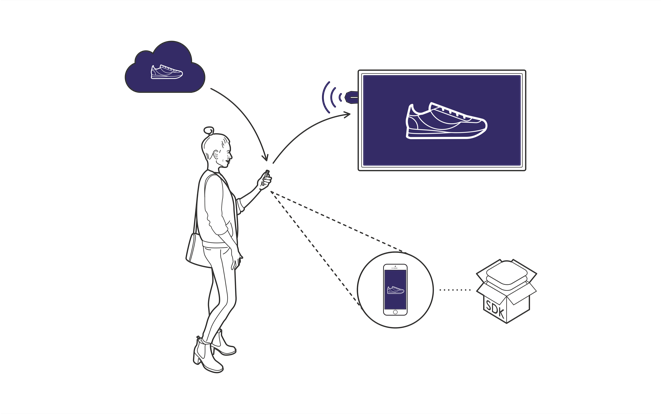
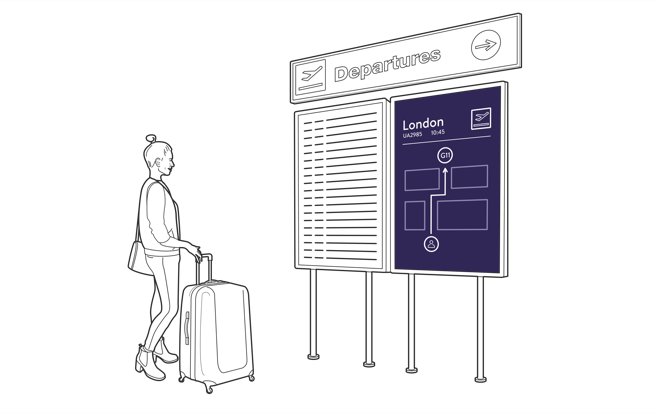
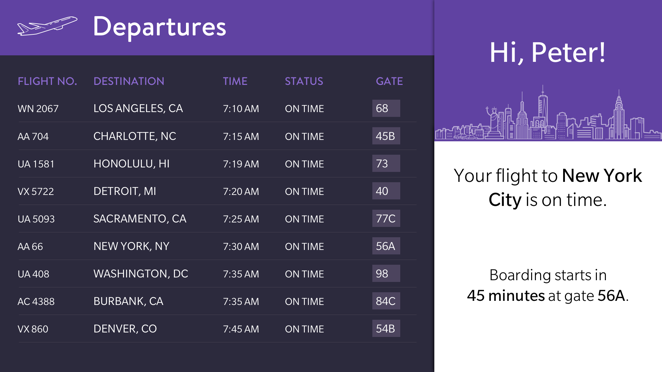
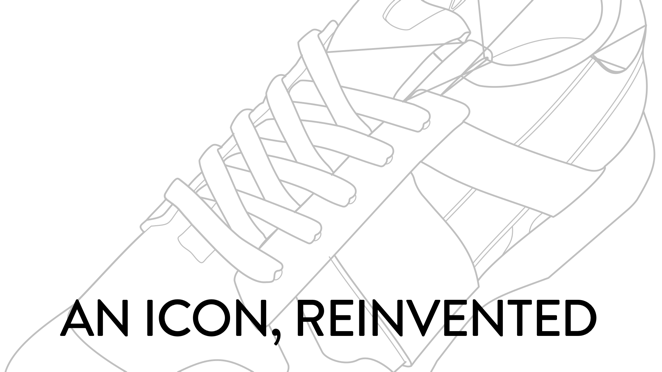
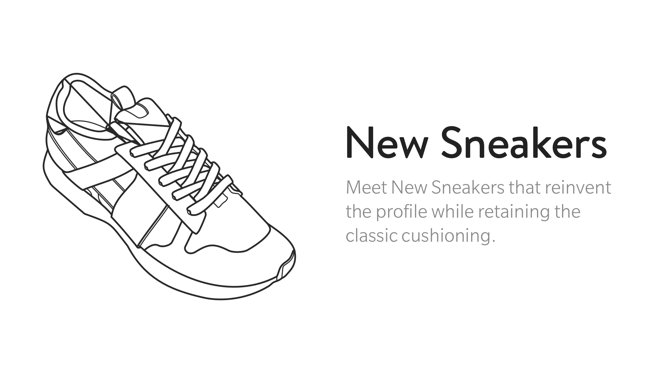









 One of our favorite games here at Estimote: “Can you spot the beacon?”
One of our favorite games here at Estimote: “Can you spot the beacon?”






